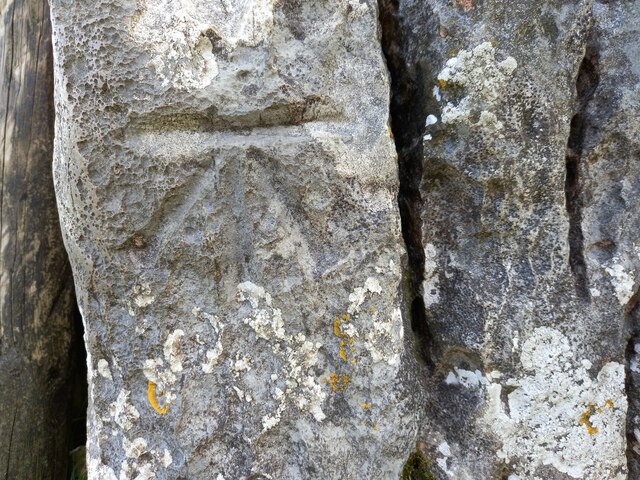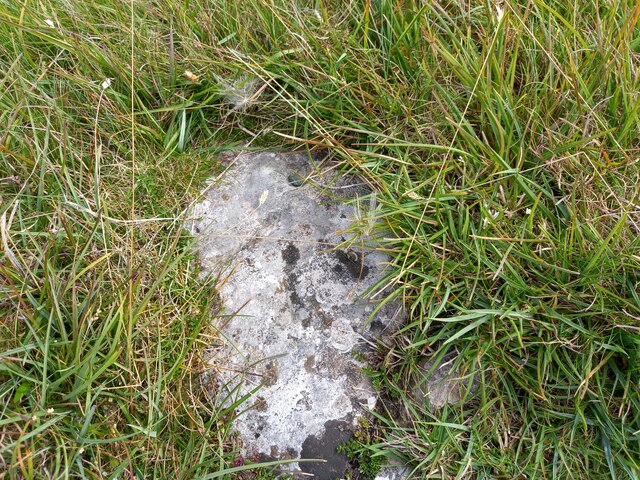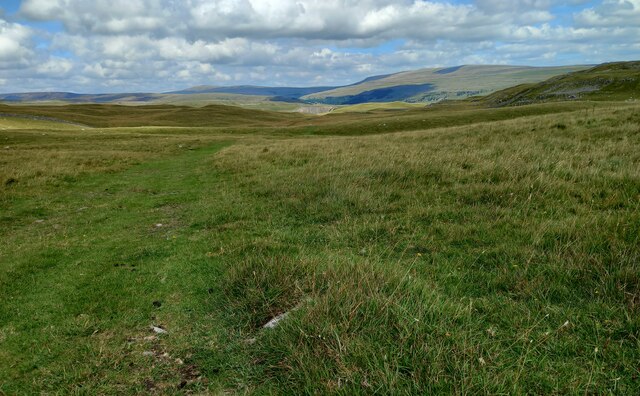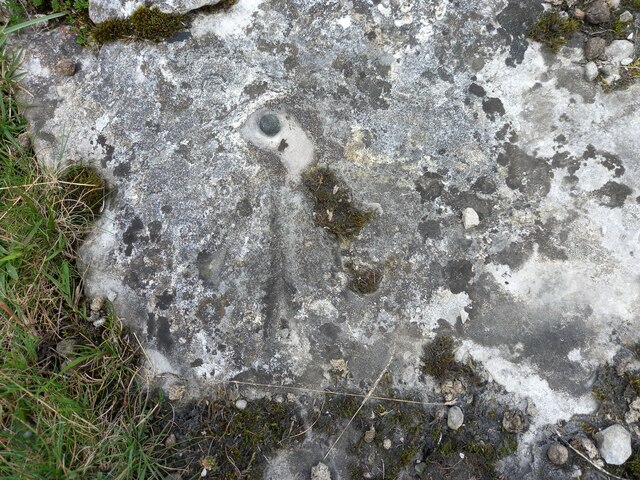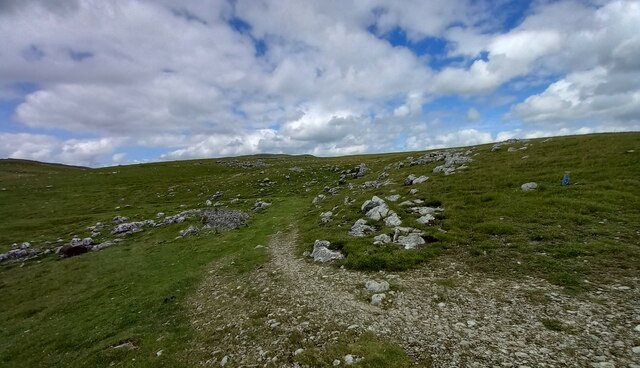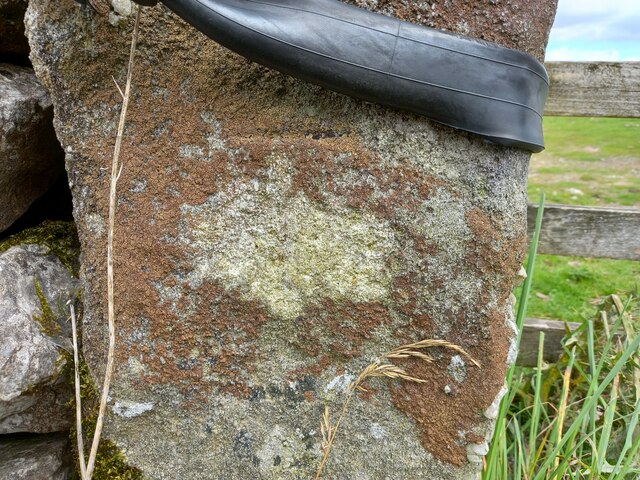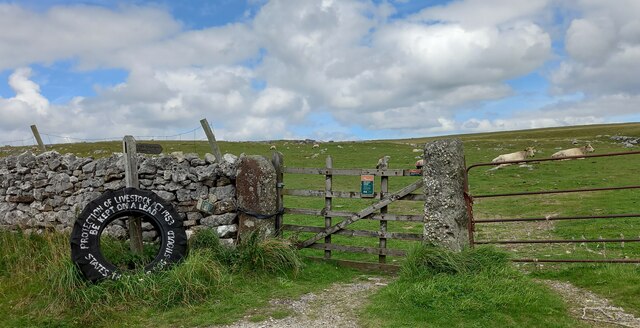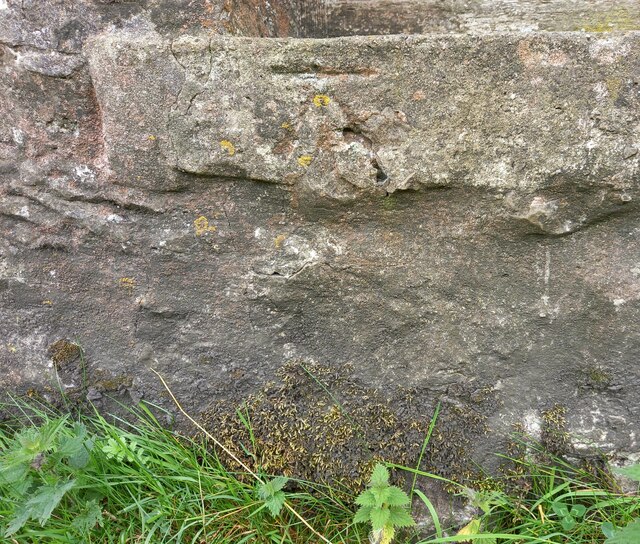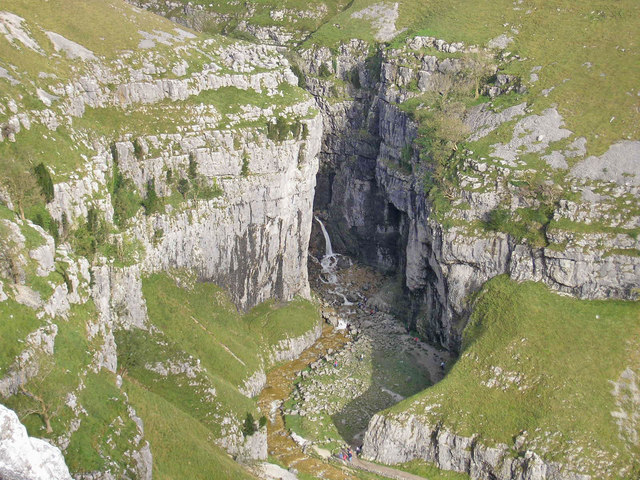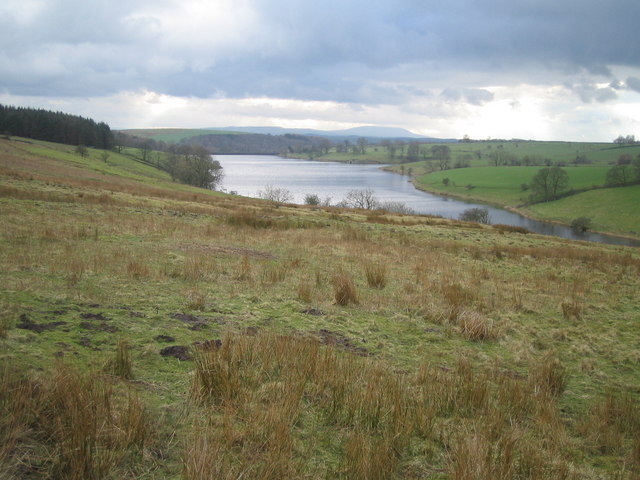Bark Plantation
Wood, Forest in Yorkshire Craven
England
Bark Plantation
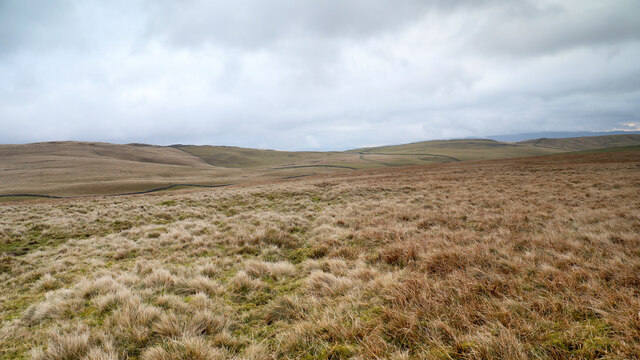
Bark Plantation, Yorkshire, located in the northern region of England, is a picturesque woodlands area renowned for its enchanting beauty and diverse ecological significance. Covering a vast expanse, the plantation consists of a dense forest that stretches across undulating hills and valleys, creating a captivating landscape. The woodland primarily comprises various types of deciduous and coniferous trees, including oak, birch, beech, pine, and spruce, providing a rich tapestry of colors throughout the year.
Bark Plantation is a haven for nature enthusiasts and outdoor adventurers alike. The forest offers an array of walking trails and hiking paths that meander through the dense foliage, providing visitors with ample opportunities to explore and connect with nature. Additionally, the plantation is home to a plethora of wildlife species, such as red deer, foxes, rabbits, and a myriad of bird species, making it a popular destination for birdwatching enthusiasts.
The woodland also plays a crucial role in the local ecosystem, serving as a natural habitat for several endangered and protected species. Conservation efforts are actively carried out in Bark Plantation to preserve and maintain the delicate balance of the ecosystem.
In addition to its natural beauty, Bark Plantation has historical significance as well. The area has been inhabited for centuries, with remnants of ancient settlements and archaeological sites scattered throughout the forest. These historical remnants add an extra layer of intrigue and fascination to the plantation, attracting history enthusiasts and researchers.
Overall, Bark Plantation in Yorkshire is a captivating fusion of natural splendor, ecological importance, and historical significance, making it a must-visit destination for anyone seeking a serene and enriching experience in the heart of nature.
If you have any feedback on the listing, please let us know in the comments section below.
Bark Plantation Images
Images are sourced within 2km of 54.075472/-2.08185 or Grid Reference SD9464. Thanks to Geograph Open Source API. All images are credited.

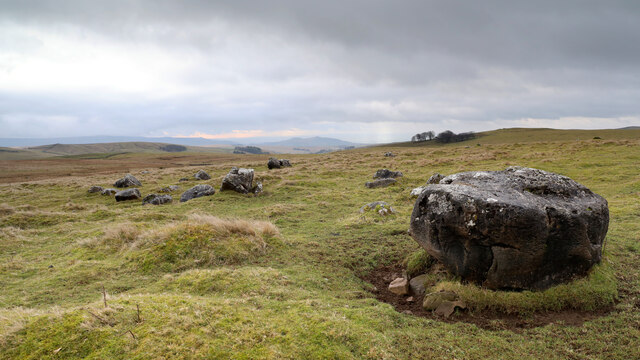
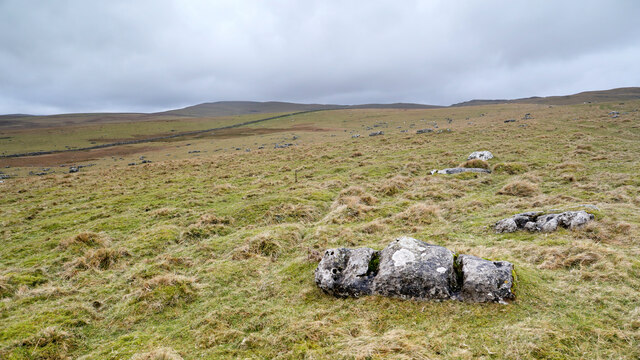
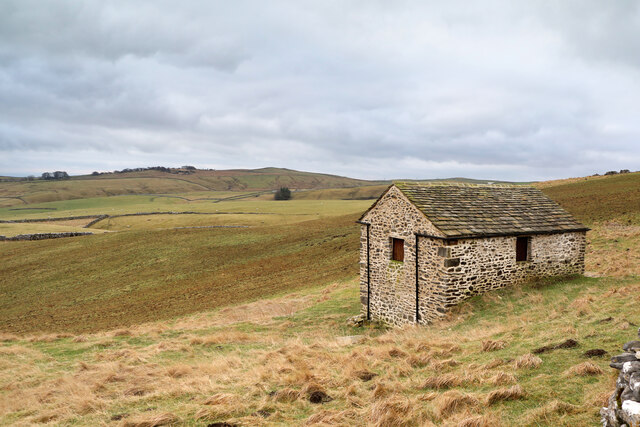
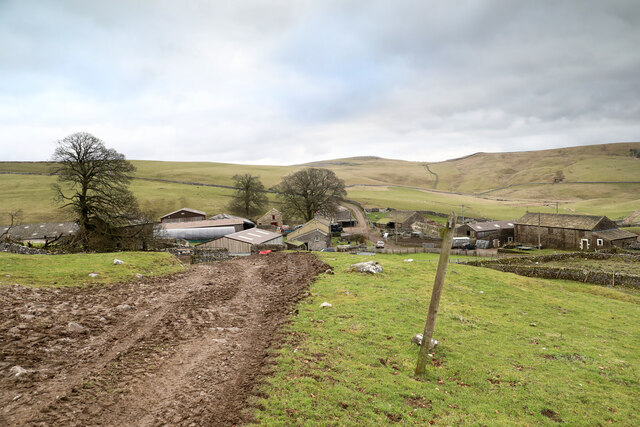
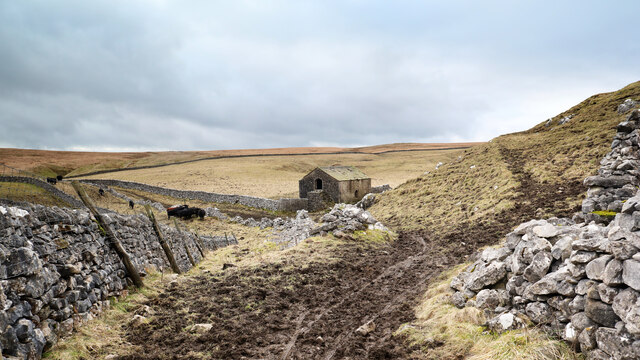
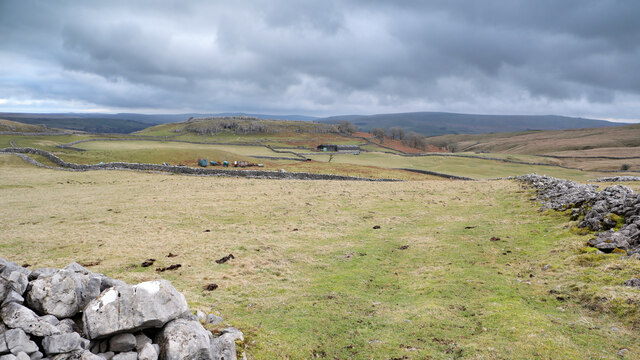
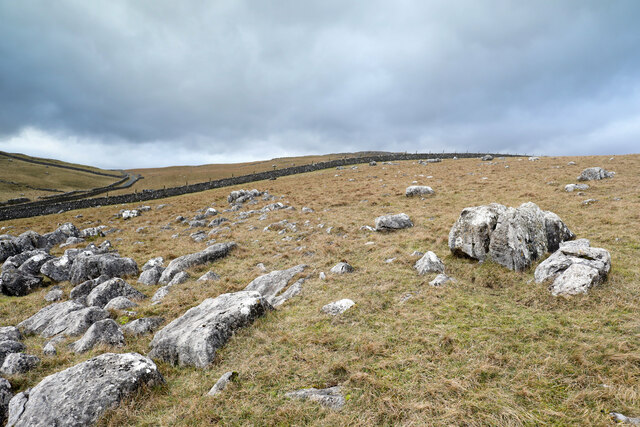
Bark Plantation is located at Grid Ref: SD9464 (Lat: 54.075472, Lng: -2.08185)
Division: West Riding
Administrative County: North Yorkshire
District: Craven
Police Authority: North Yorkshire
What 3 Words
///cheerily.baseless.skipped. Near Grassington, North Yorkshire
Nearby Locations
Related Wikis
Bordley
Bordley is a village in the civil parish of Hetton-cum-Bordley, in North Yorkshire, England, within the Yorkshire Dales National Park and 12 miles (19...
Skirethorns
Skirethorns is a hamlet in the civil parish of Threshfield, in Wharfedale, North Yorkshire, England. The hamlet is just west of the village of Threshfield...
Gordale Scar
Gordale Scar is a limestone ravine 1 mile (1.6 km) north-east of Malham, North Yorkshire, England. It contains two waterfalls and has overhanging limestone...
Winterburn Reservoir
Winterburn Reservoir is located near the village of Winterburn in Malhamdale, North Yorkshire, England. It was constructed between 1885 and 1893 by Leeds...
Nearby Amenities
Located within 500m of 54.075472,-2.08185Have you been to Bark Plantation?
Leave your review of Bark Plantation below (or comments, questions and feedback).

